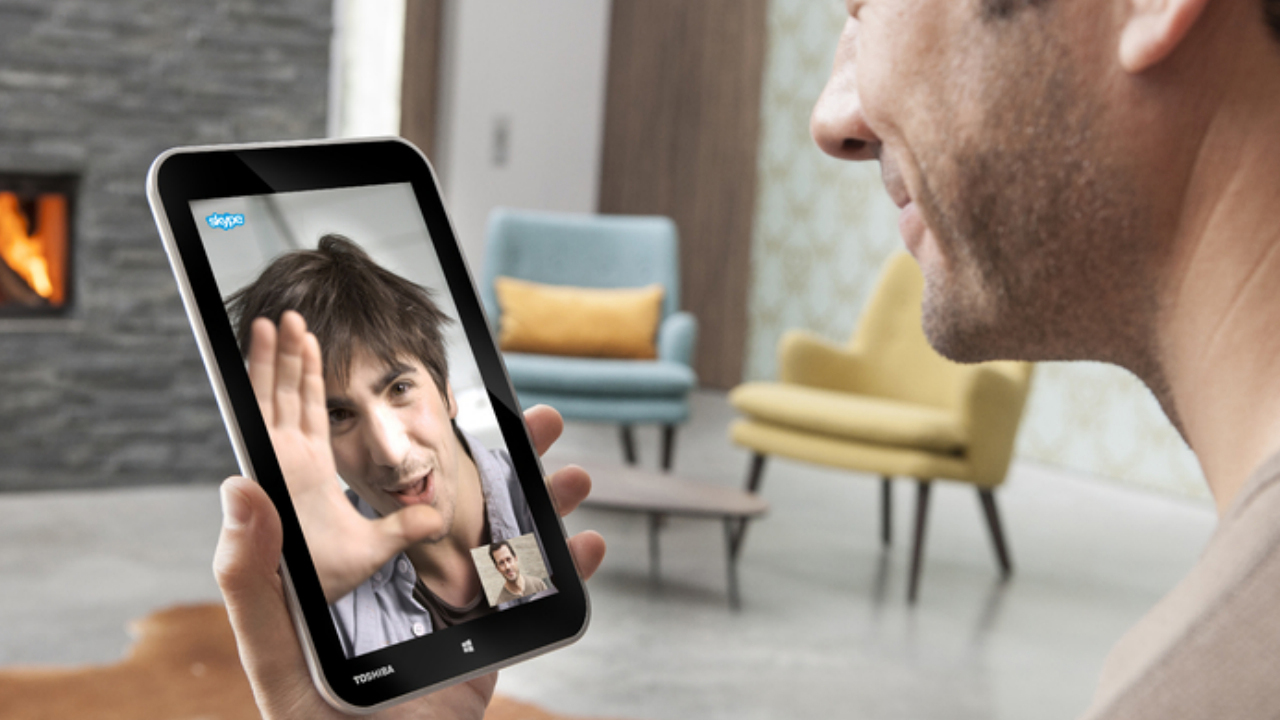The dangers of mobility: how to provide a secure platform for work collaboration
Dealing with the BYOD explosion

The advent of mobility is radically affecting the way organisations conduct business. Financial services, healthcare organisations, pharmaceutical companies, education institutions, publishing houses, government agencies and others, are all embracing enterprise mobility.
But while mobility can bring tremendous benefits, it also presents significant challenges for the IT department. To name a few:
1. How can enterprise IT provide a secure method to enable anytime, anywhere access to content on the organisation's servers, NAS or SharePoint and the individual's desktop laptop content across all their devices (laptop, desktop, smartphone, and tablet)?
2. How do organisations deliver a secure solution that allows users to share content with internal and external constituents across their desktop, laptop, tablet or smartphone?
3. Can the IT department offer a viable alternative to users to access, sync and share their corporate content over insecure and unauthorised cloud services such as Dropbox?
4. How do organisations ensure IT has visibility into access, sync and share activities for auditing purposes?
5. Is IT deploying a Mobile Device Management (MDM) solution that meets the secure content access needs of enterprises?
Sign up to the TechRadar Pro newsletter to get all the top news, opinion, features and guidance your business needs to succeed!
Giving employees what they want
Enterprise IT has to maintain control over security and compliance but it also has to serve employees seeking to access, sync and share corporate content across any and all of their devices. They want:
To securely access, edit and create content – residing on file servers, NAS or SharePoint, on their mobile devices.
Anytime, anywhere access to their individual content regardless of the device – phone, tablet, desktop/laptop, whichever they choose to use.
To share business content securely with colleagues, customers, partners and other external constituents.
How IT departments should respond
To manage this new environment and maintain control, security and visibility, the IT department needs to set policies, properties, and permissions for individuals, groups and entire organisations. The organisation should also define what resources can be accessed, "who can do what with whom" securely based on their business needs, and ensure it has everything on record for auditing purposes.
To guarantee more effective corporate control, the IT department should look for:
• Integration with Active Directory for seamless authentication, provisioning, user management and resource allocation.
• Enterprise class logging and tracking to give IT the visibility to track all activities, in all details, all the time, what documents are accessed, who are they share with.
• Integration with key Mobile Device Management vendors, such as Absolute, Citrix Worx, Good Technology and MobileIron.
• The ability to securely create and edit Office documents and annotate PDFs within the app itself. Documents should never leave the secure sandbox, eliminating the risk of data leakage.
• Seamless integration with Enterprise level Reverse Proxies, including credential and certificate authentication.
• Maximum data protection and confidentiality via secure end-to-end encryption (over-the-air and on-device).
• The challenges presented by mobility should not be allowed to act as a barrier to the many advantages it delivers. IT can take back control and give employees the access they crave by implementing the appropriate access, sync and share solutions that meet their requirements.
Organisations that square the circle of providing greater flexibility for employees through a mobile strategy that also delivers more effective control, security and compliance will be well positioned to realise significant productivity gains.
- Anders Lofgren is Acronis' Director of Mobility Solutions.